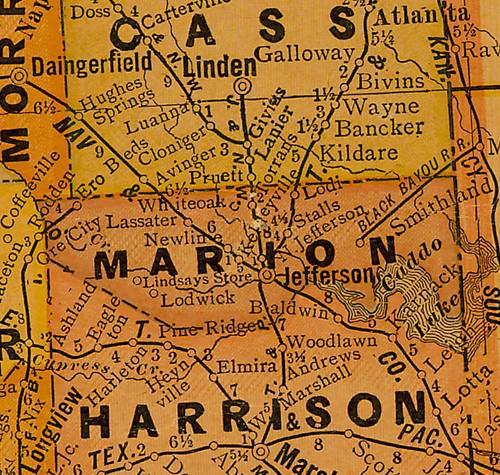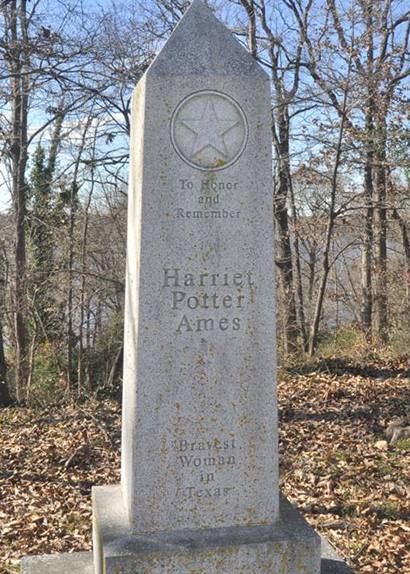Potter's Point, Texas. (original) (raw)
Monument to Harriet Potter Ames in Potter's Point
Photo courtesy Gerald Massey, January 2010
Historical Marker:
Potter's Point
Site of one of most famous events in Texas. Robert Potter-- a signer, Texas Declaration of Independence, a chief author of Republic's Constitution, first Secretary of Navy, Republic of Texas-- settled 1837 on Caddo Lake. A former U. S. Congressman, he won election 1840 to Texas Senate. After Senate adjourned in 1842 he tried to arrest his political foe, William P. Rose. On night of March 1, 1842, Rose led armed men to Potter's home. At dawn Senator Potter jumped into the lake to swim for help, but was shot to death. He is buried in State Cemetery, Austin.
1969

Potter's Point Historical Marker
HWY 49 and FM 727
Photo courtesy Gerald Massey, January 2010
Potter's Point
Potter's Point is an unincorporated community on the north bank of Caddo Lake., at the south end on State Highway 727, 6 miles south of Gray, and about 25 miles east of Jefferson.

Potter's Point monument and markers
Photo courtesy Gerald Massey, January 2010
Potter's Point is named after Robert Potter. In 1837 Robert Potter established residence on Caddo Lake where now known as Potter's Point, on a high bluff about 300-yards from the waters edge. Known as the founder of the Texas Navy1, he was a lawyer, served in the North Carolina government and legislature, United States Navy Midshipman, spent six months in prison for castrating two men2, whom he believed to be having a relationship with his wife, expelled from North Carolina House of Commons either for "cheating at cards" or "for brandishing a gun and knife during a fight over a card game3, embroiled in Texas political and military affairs, signed the Texas Declaration of Independence, appointed secretary of the Texas Navy and commander of the port of Galveston in 1836, fought in the battle of San Jacinto, and became involved in the Regulator-Moderator War in Harrison County, where he quickly became the leader of the Harrison County Moderators. On March 2, 1842, his home was surrounded by a band of Regulators led by William Pinckney Rose. He ran to the edge of Caddo Lake and dived in, his body sinking to the bottom after being shot once in the back of the head while swimming away. He was interred at "Potter's Point," a bluff near his home; reinterred in the Texas State Cemetery in Austin in 1928. Potter County, Texas is named for him.4
Potter's Point is located on the main steamboat route to Jefferson, Texas. This was a vital and busy route in the steamboat heyday from about 1845 to 1870.
Jefferson was the head of navigation via Caddo Lake (then known as Ferry Lake) as the great log raft obstructed vessel traffic on the Red River. The riverboat traffic was quite heavy. 226 steamboats called at Jefferson in 18725. (Note: According to the excellent "History of Navigation on Cypress Bayou on the Lakes" by Jaques Baqur, many steamboats made regular trips to and from Jefferson, mostly between Shreveport. Hence the 226 steamboats that called at Jefferson monthly were not all different boats. Many could have been made by the same steamboats.)
It was near this location on February 12, 1969 that the famous fiery wreck of the ill fated side-wheeled steamboat Mittie Stephens occurred. Out of 107 people on board, 61 passengers and crew members perished. The boat was carrying a cargo of 274-bales of hay. It had torch baskets that lighted the bow of the boat at night. A breeze blew a spark to the hay from the torch baskets and the fire that resulted could not be contained. The boat headed for shore 300 yards away, but grounded in three feet of water. The bow and forward part of the boat was engulfed in flames; the stern was in deep water. The pilot and the engineer kept the wheels running in an attempt to force the boat to shore; the action of the wheels pulled the people struggling in the water into them and killed most of them
- The ship was also carrying a large amount of gold to pay the federal troops occupying Jefferson. (Source: Handbook of Texas online)
For her role in Texas history, northeast Texas and Marion County history, a monument is established on the high bluff of Potter's Point to commemorate Robert Potter's wife Harriet Moore Solomon Potter.
[See Robert and Harriet Potter by Archie P. McDonald, PhD
]
To read more about Harriet Potter, see "Love is a Wild Assault," by Elithe Hamilton Kirkland.
7
© Gerald Massey
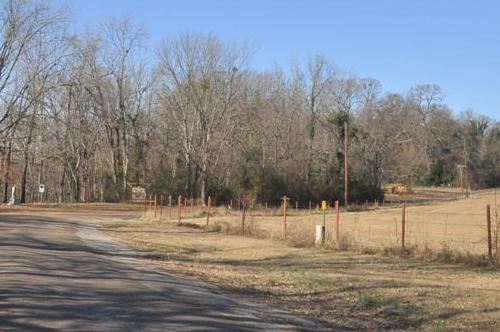
Approaching markers and monument in Potter's Point
Photo courtesy Gerald Massey, January 2010
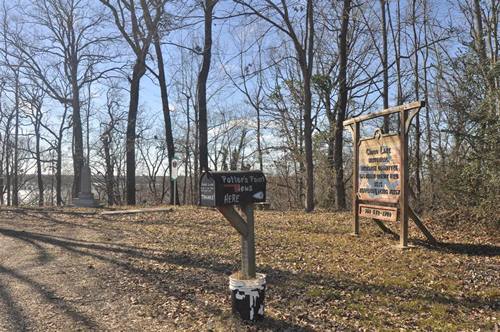
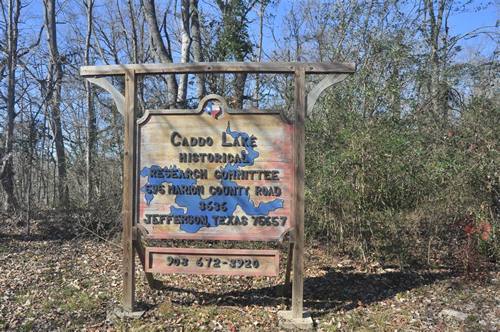
Caddo Lake Historical Research Committee, Jefterson, TX sign
Photo courtesy Gerald Massey, January 2010
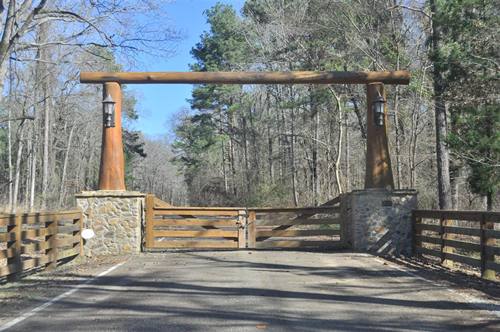
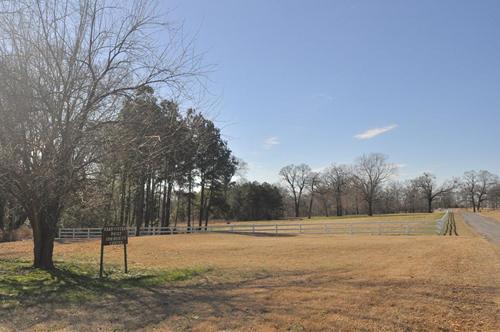
The road to Gray-Potter's Point Community Centre
Photo courtesy Gerald Massey, January 2010

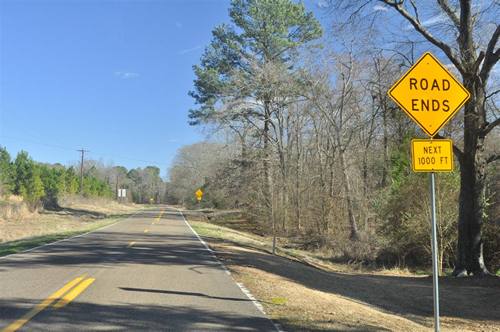
The road to Potter's Point
Photo courtesy Gerald Massey, January 2010
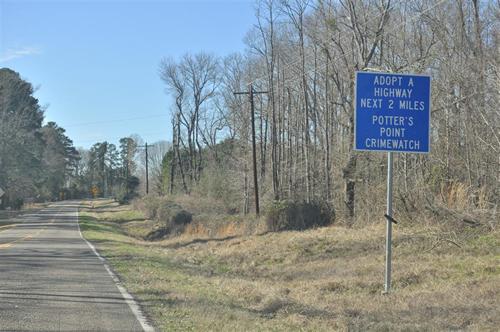
"Adopt a Hightway" in Potter's Point
Photo courtesy Gerald Massey, January 2010
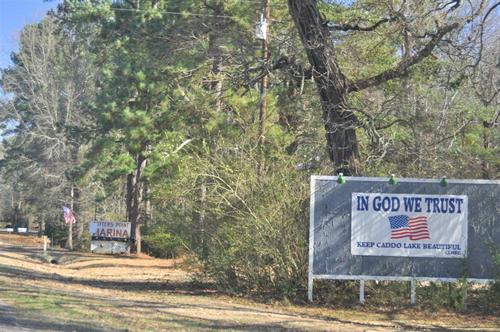
| Sources: (Accessed February 8, 2010 ) 1 http://www.cemetery.state.tx.us/pub/user\_form.asp?step=1&pers\_id=11 2 http://en.wikipedia.org/wiki/Robert\_Potter 3 http://www.cemetery.state.tx.us/pub/user\_form.asp?step=1&pers\_id=11 4 http://en.wikipedia.org/wiki/Robert\_Potter 5 http://www.tshaonline.org/handbook/online/articles/MM/etm2.html 6 http://www.tshaonline.org/handbook/online/articles/MM/etm2.html 7 http://www.texasescapes.com/AllThingsHistorical/Robert-and-Harriet-Potter-304AM.htm | | | -------------------------------------------------------------------------------------------------------------------------------------------------------------------------------------------------------------------------------------------------------------------------------------------------------------------------------------------------------------------------------------------------------------------------------------------------------------------------------------------------------------------- | |
Texas Escapes, in its purpose to preserve historic, endangered and vanishing Texas, asks that anyone wishing to share their local history, stories, landmarks and recent or vintage photos, please contact us.

